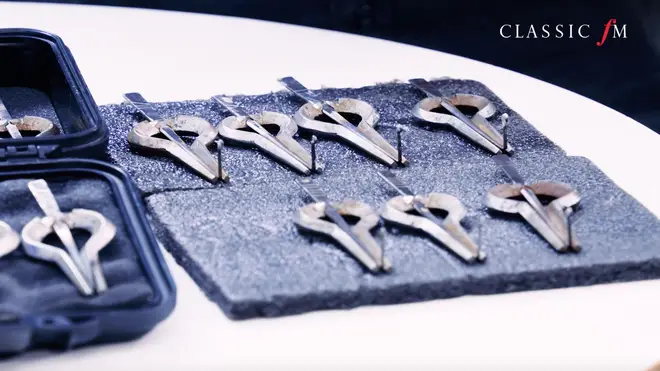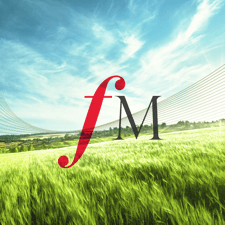What is a ‘morsing’ – and what is the instrument’s place in Indian classical music?
13 January 2020, 15:11
Most cultures have developed a ‘jaw harp’ – essentially a plucked instrument with a frame, played in the mouth – and Indian classical music’s version is the morsing. But how does it actually work?
Core to Indian classical music are the compelling rhythms that underpin the melodies and harmonies.
These are produced by a collective of percussion instruments that include the double-ended mridangam drum, the resonant tabla, and the continent’s own version of the ‘jaw harp’ – the morsing.
The morsing is particularly fascinating, and we meet morsing player (AKA morsingist), Pirashanna Thevarajah, who introduces the instrument and explains how it works ahead of his performance of Ravi Shankar’s opera, Sukanya, at the Royal Festival Hall this month.

What is a morsing?
“In the South of India, the morsing is a classical percussion instrument, whereas in the North of India, especially in the region of Rajasthan, it is a folk instrument,” Pirashanna explains (watch above).
It’s a small instrument with an iron frame and a steel rod, which vibrates and is held between or against the teeth, using the player’s mouth cavity as a resonator. It’s similar to the Jew’s harp found in Western music, or the angkouch in Cambodian music.
Notes are sustained by the breath, and rhythms are produced using spoken syllables or ‘Konnakol’, which Pirashanna demonstrates in the video above.
“In Indian classical music you usually tune your instrument – or sing – to the bass note or the tonic of the music that’s being performed,” he explains.
This is why Pirashanna carries several morsings, which slightly vary in size, with him. He picks a size of instrument based on the bass note of the piece he’s performing with an ensemble, and tunes it if needs be.
How do you tune a morsing?
A different morsing is required for different tonal centres, and each individual instrument may still require tuning.
Beeswax is traditionally applied to the tip of the steel rod to change the pitch very slightly, with Blu Tack often substituted in more recent times because of beeswax being more brittle.
To raise the pitch of a B, Pirashanna adds Blu Tack to ‘sharpen’ the note – see below.
What are the main things to look out for when starting out?
The biggest challenge to overcome when playing the morsing is breathing and breath control – a lot of air is needed to sustain notes and create resonance.
You can breathe in or out through the instrument, something that creates sustained notes and also helps you make varied sounds.
With the steel rod vibrating to create resonance, you also have to watch out for your tongue, according to Pirashanna. Apparently you can even cut the tongue on the vibrating steel rod if you’re not careful – “Not something you want to do,” Pirashanna laughs.
What is the morsing’s place in a classical ensemble?
The morsing is a percussion instrument, based around a piece of music’s tonic, that contributes largely to the rhythmic parts of any Indian classical ensemble music – playing especially in time with the mridangam or dohl (double-ended drums).
It is used to help underpin melody and harmony with established rhythms from the Carnatic (South Indian) classical music tradition.
Knowing the established rhythms of other percussion instruments, such as the mridangam drum, is the key to learning the morsing.
Both in and out of ensemble playing, the morsing is also used for making comical sound effects – wobbles, boings and onomatopoeic springing sounds – which Pirashanna demonstrates expertly (and yes, rather amusingly) in the video above.
Pirashanna plays the morsing in Ravi Shankar’s opera, Sukyana, with London Philharmonic Orchestra at Royal Festival Hall on Wednesday 15 January. Visit lpo.org.uk to find out more.

























